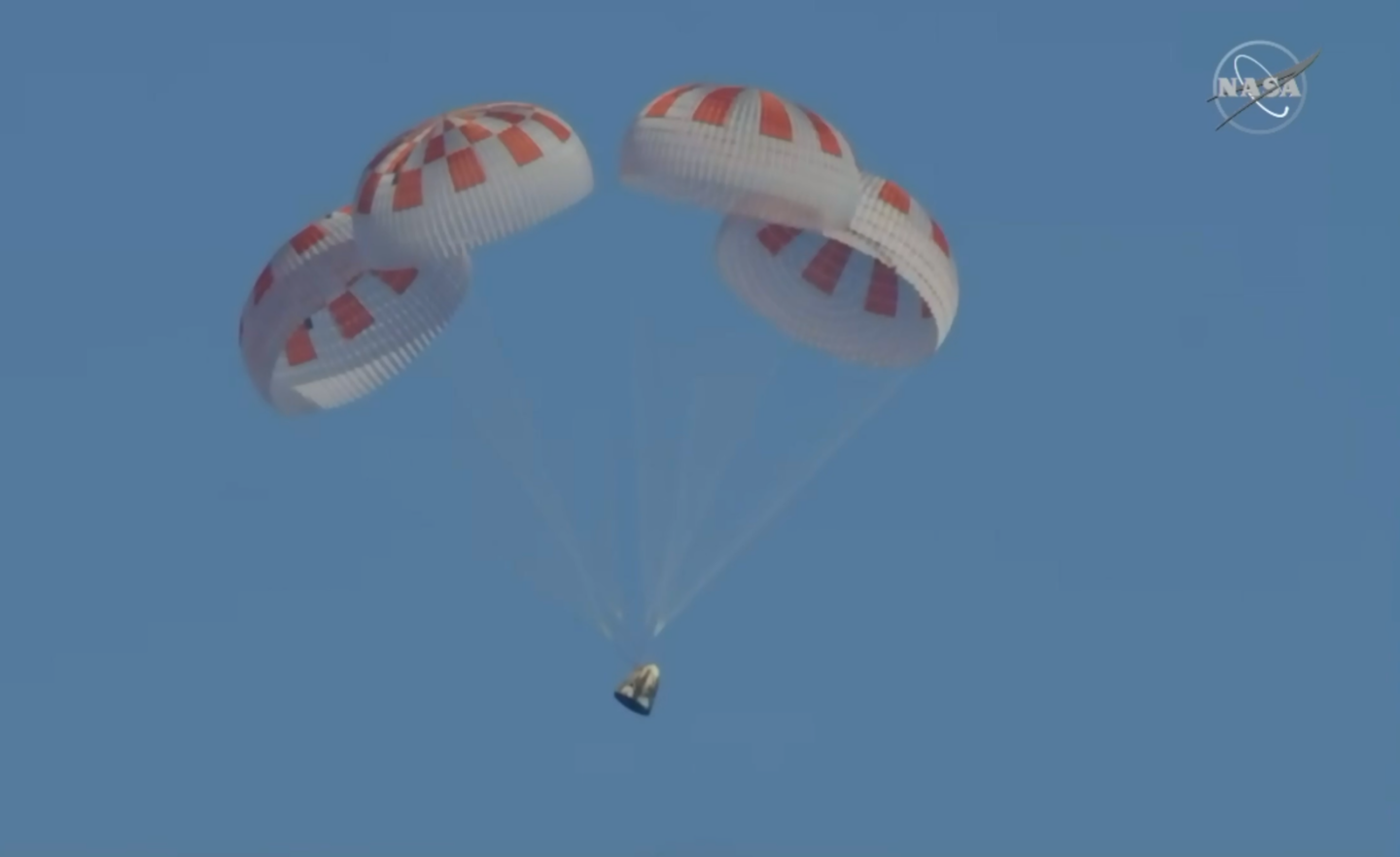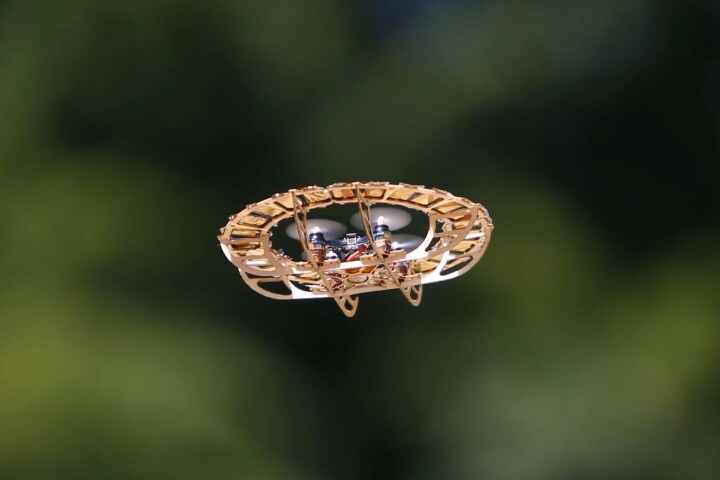NASA's goal of sending astronauts to the International Space Station (ISS) aboard commercial spacecraft took a major step forward on Friday as SpaceX's Demo-1 mission splashed down. At 8:45 am EST, the unmanned Crew Dragon command capsule landed in the Atlantic Ocean about 230 miles (370 km) off the coast of Cape Canaveral in Florida after a six-hour flight from the space laboratory.
The Demo-1 mission ended after a relatively short visit to the ISS of less than a week, with its primary purpose being to test the systems of the Crew Dragon spacecraft before it carries astronauts into space. At 2:32 am EST, the craft autonomously separated from its berth on the station and initiated a deorbit burn at 7:52 am EST after slowly moving a safe distance away.
The thruster burn took 15 minutes and 25 seconds, slowing it enough to enter the Earth's atmosphere, where a set of four main parachutes brought it to a safe ocean landing. The capsule was then retrieved by the SpaceX support ship and returned to Port Canaveral, Florida.

Demo-1 is the first commercially built and operated American manned spacecraft to lift off from American soil, the first to autonomously dock with the ISS, and the first spacecraft to use the new universal docking system. It also included a test dummy called "Ripley" equipped with sensors to gather biometric data.
The Crew Dragon will now be refurbished in preparation for its next mission, which will be an in-flight abort test. This will be followed in a few months by the Demo-2 mission that will certify the craft for operation by carrying NASA astronauts Bob Behnken and Doug Hurley in a crewed flight test.
"For the first time, we've gotten to see an end-to-end test, and so now we've brought together the people, the hardware and all the processes and procedures, and we've gotten to see how they all work together, and that's very important as we move toward putting people onboard," says NASA astronaut Mike Hopkins, who will be on Crew Dragon's first operational mission to the space station after certification. "I'm, personally, very anxious to hear how Ripley is feeling after they pull her out of the capsule and get her onto the recovery vehicle."
Source: NASA







